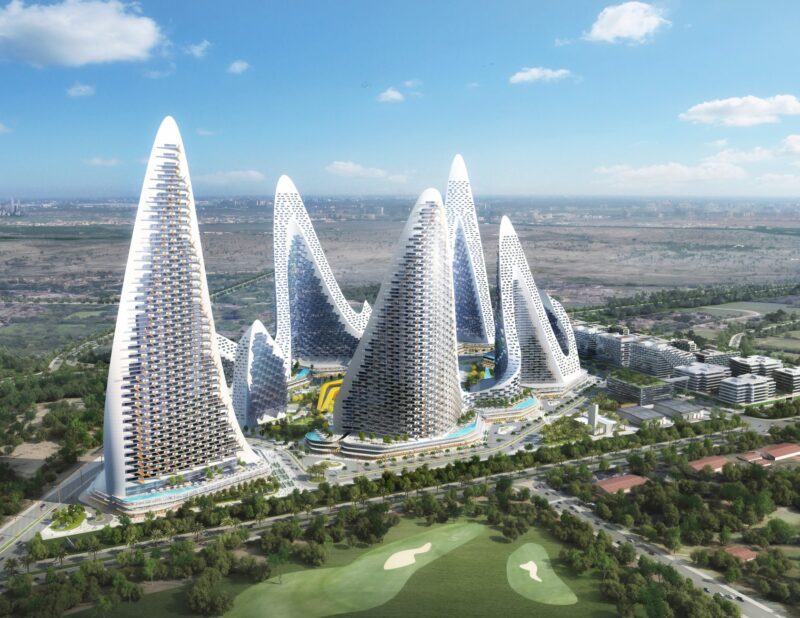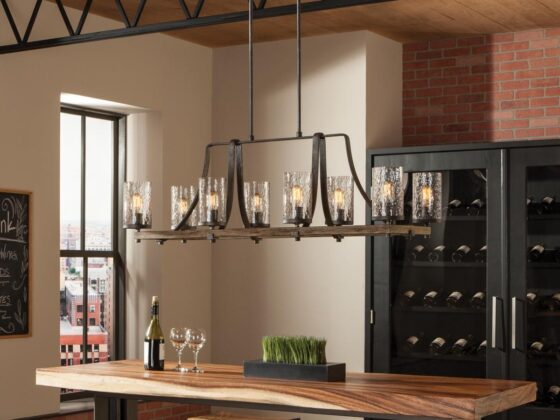Dubai’s journey toward sustainable architecture began with a shift in priorities. Initially focused on luxury and innovation, the city recognized the need for sustainability due to environmental concerns and the global push for greener practices.
Today, sustainability is a key consideration in architectural projects, reflecting a commitment to reducing carbon footprints and enhancing energy efficiency. This article explores how these firms incorporate sustainable practices into their projects, shaping a greener future for the city.
Key Strategies for Sustainable Design
Passive Design Techniques
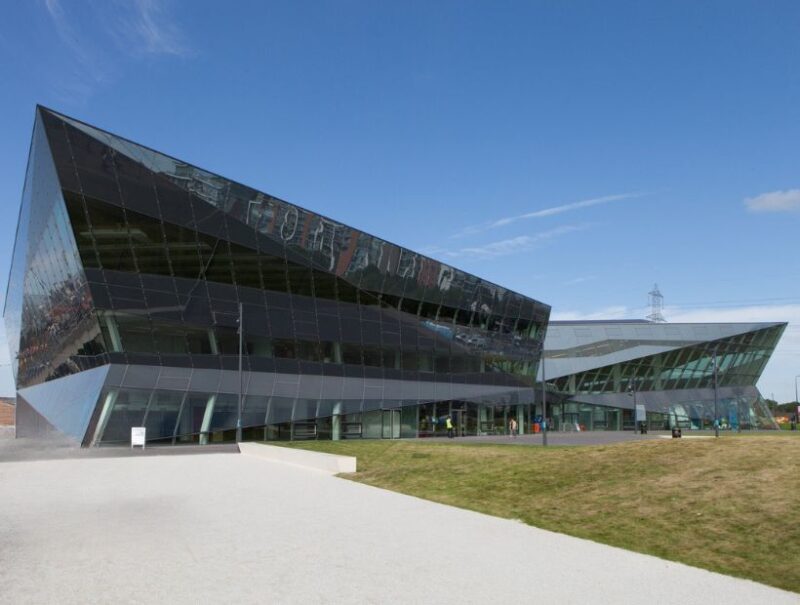
When it comes to sustainable design, architecture firms in Dubai utilize passive design techniques to minimize energy consumption. By leveraging the natural environment, buildings can reduce reliance on artificial heating, cooling, and lighting. Key passive design strategies include:
- Orientation: Positioning buildings to maximize natural light and ventilation.
- Shading: Using shading devices and materials to reduce heat gain.
- Thermal Mass: Incorporating materials that absorb and store heat, stabilizing indoor temperatures.
Energy Efficiency
Firms implement various measures to reduce energy use, such as:
- Enhancing building envelopes to minimize heat transfer.
- Using LED and other low-energy lighting solutions.
- Integrating automation and control systems to optimize energy use.
Renewable Energy Integration
Architecture firms in Dubai are increasingly integrating technologies like solar panels and wind turbines. The city’s abundant sunlight makes solar energy a particularly viable option, contributing to reduced dependence on fossil fuels.
Water Conservation
Given Dubai’s arid climate, water conservation is vital. Sustainable architecture practices include:
- Low-Flow Fixtures: Installing water-efficient taps, showers, and toilets.
- Greywater Recycling: Reusing water from sinks and showers for irrigation and other non-potable uses.
- Rainwater Harvesting: Collecting and storing rainwater for various applications.
Innovative Sustainable Projects
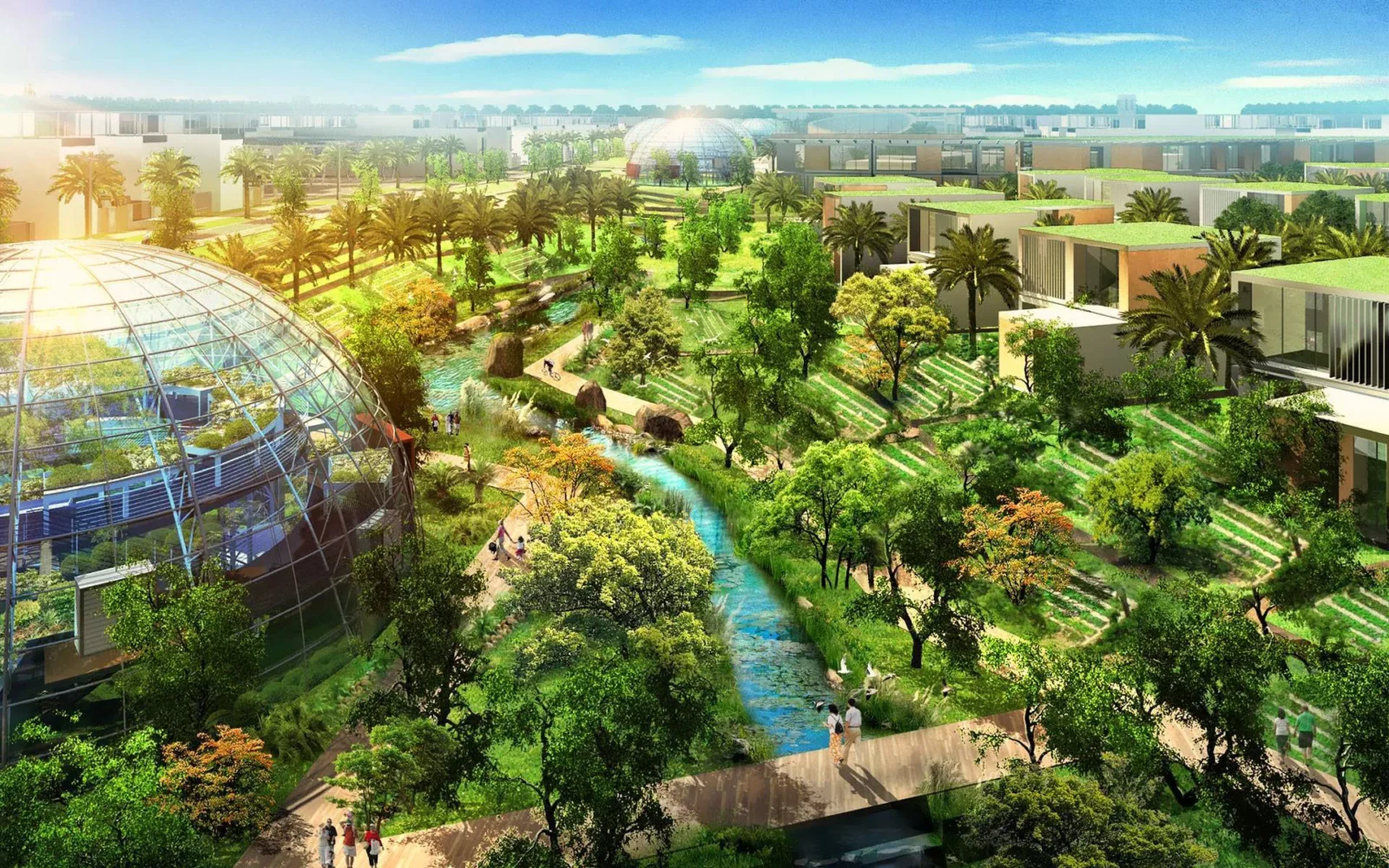
The Sustainable City
The Sustainable City in Dubai is a prime example of sustainable urban development. This community features energy-efficient homes, renewable energy sources, and extensive green spaces. Key highlights include:
- Solar Panels: Rooftop solar panels provide a significant portion of the community’s energy needs.
- Green Transportation: Electric vehicles and charging stations promote eco-friendly commuting.
- Waste Management: An advanced waste recycling system minimizes landfill contributions.
Alserkal Avenue
Alserkal Avenue, a cultural district in Dubai, showcases how industrial spaces can be repurposed sustainably. The project includes:
- Adaptive Reuse: Transforming old warehouses into energy-efficient art spaces and studios.
- Natural Ventilation: Designing spaces to maximize airflow and reduce reliance on air conditioning.
- Green Roofing: Incorporating vegetation on rooftops to enhance insulation and reduce urban heat island effects.
Potential Challenges
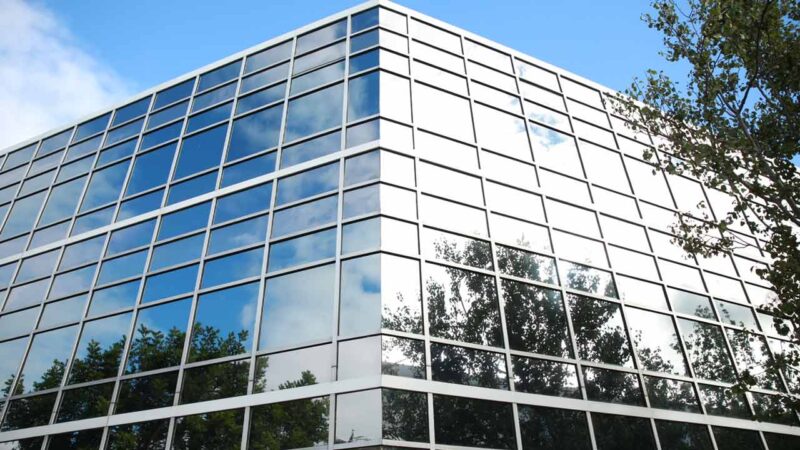
Climate Considerations
Dubai’s hot and humid climate presents unique challenges for sustainable design. Architecture firms address these challenges by:
- Using materials that provide superior thermal resistance.
- Installing windows that reduce heat gain while maintaining natural light.
- Implementing cooling technologies that are energy-efficient and environmentally friendly.
Material Selection
Choosing sustainable materials is crucial for reducing a building’s environmental impact. Firms prioritize:
- Locally Sourced Materials: Reducing transportation emissions and supporting the local economy.
- Recycled and Recyclable Materials: Using materials that have a lower environmental footprint.
- Low VOC Materials: Selecting paints, finishes, and adhesives that minimize indoor air pollution.
Balancing Cost and Sustainability
One of the primary challenges is balancing cost with sustainable practices. While sustainable design can have higher upfront costs, long-term benefits include reduced energy bills and maintenance costs. To address this, firms:
Lifecycle Cost Analysis: Evaluating the total cost of ownership over a building’s lifespan.
Incentives and Subsidies: Leveraging government incentives and subsidies for green building practices.
Phased Implementation: Gradually integrating sustainable features to spread out costs.
The Role of Technology
Building Information Modeling (BIM)
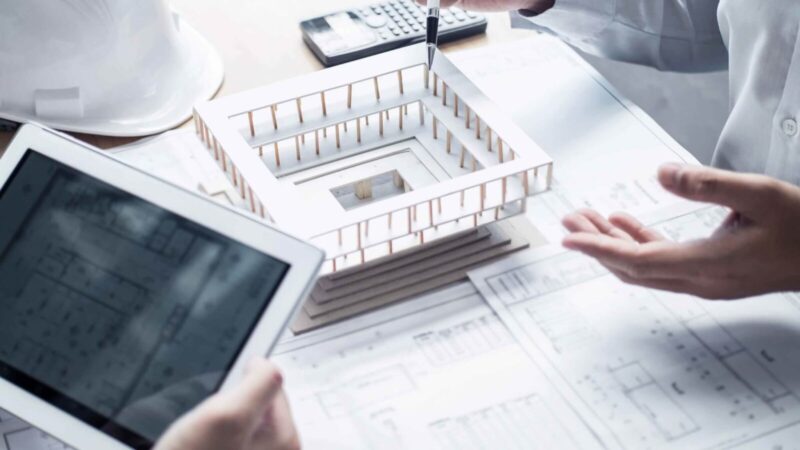
This technology allows architects to create detailed 3D models of buildings, enabling precise analysis and optimization of energy performance, material usage, and environmental impact.
Smart Building Systems
Smart building systems enhance sustainability by automating and optimizing building operations. Key features include:
- Energy Management Systems: Monitoring and controlling energy use in real-time.
- Occupancy Sensors: Adjusting lighting and HVAC systems based on occupancy to reduce energy waste.
- Integrated Building Controls: Centralizing control of various building systems for improved efficiency.
Green Building Certifications
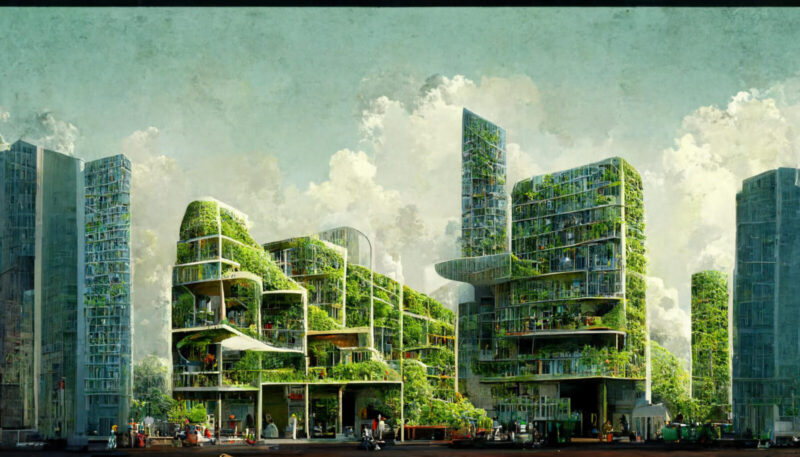
Green building certifications like LEED (Leadership in Energy and Environmental Design) and Estidama (Pearl Rating System) provide frameworks for sustainable design. These certifications encourage architecture firms to meet high standards of environmental performance, driving continuous improvement in sustainable practices.
In Summary
Architecture firms in Dubai are leading the charge in sustainable design, balancing innovation with environmental responsibility. Through passive design techniques, energy efficiency, renewable energy integration, and water conservation, these firms are creating a greener future for the city.
